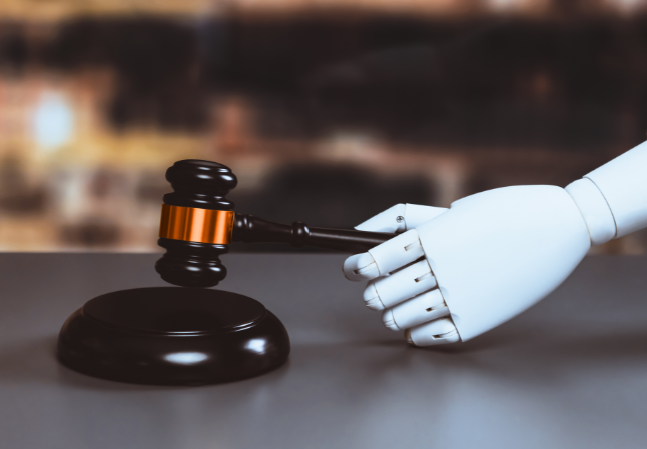Welcome! Save 30% on all CLE, CPE, and Professional Skills webinars, plus 15% off any annual pass with code HOLIDAY25
About the Course
Introduction
This CLE webinar will plumb the nuances of individual reorganizations under Subchapter V of Chapter 11 of the Bankruptcy Code. The panel will guide both debtor and creditor counsel through the advantages and disadvantages of Subchapter V, plan creation, eligibility restrictions and traps, post-petition retention of non-exempt property, discharge, and remedies after default.
Description
Subchapter V is increasingly important for individual debtors (and their creditors) whose debt burden prevents them from using Chapter 13. Subchapter V rewrites the rules for cramdown and eliminates the absolute priority rule in most cases. Recent amendments to the Bankruptcy Rules clarify Sub V debtor's duties and rights.
Nonetheless, debtors must successfully traverse the gauntlet of eligibility limitations and fast deadlines. The goal of the case is a consensual plan, and the Sub V trustee is a critical mediator between the debtor and creditors.
With no Chapter 7-like trustee and no creditors' committee to provide oversight of the debtor's decisions, creditors must understand Sub V, or else they could be caught flat-footed in these fast-moving cases.
Listen as this panel of bankruptcy experts guides counsel through how debtors and creditors can get the best result when individual debtors elect Subchapter V.
Presented By

Before forming Jones & Walden, LLC, Mr. Jones worked at such Georgia firms as the Macon office of Arnall, Golden & Gregory; Burton & Anderson; and Lawson, Davis, Pickren & Seydell. He has served as lead counsel in numerous commercial trials and evidentiary hearings. Mr. Jones also has extensive experience in post-judgment collection matters. In addition to his law practice in the courts of the State of Georgia, he has litigated in the Bankruptcy Courts for the Northern, Middle, and Southern Districts of Georgia. Mr. Jones has lectured extensively regarding bankruptcy and related litigation, and he speaks often to various trade groups on issues involving bankruptcy related topics. He has a particular focus on individual Chapter 11 cases and fraudulent transfer law.

Mr. McClendon focuses his practice on representing all parties in Chapter 11 reorganizations and other bankruptcy cases, corporate workouts, and general business litigation.

Ms. Placona concentrates her practice in the areas of corporate restructuring, bankruptcy, debtor/creditor rights, assignments for the benefit of creditors, and commercial litigation. She represents Chapter 11 and 7 debtors, trustees, receivers, assignees, and creditors. She prosecutes and defends preference and fraudulent conveyance complaints.
-
This 90-minute webinar is eligible in most states for 1.5 CLE credits.
-
Live Online
On Demand
Date + Time
- event
Wednesday, July 13, 2022
- schedule
1:00 p.m. ET./10:00 a.m. PT
- Primary advantages of Subchapter V over Chapter11
- Limitations on eligibility
- Role of Sub V trustee
- Plan deadlines and other mandatory procedures
- Confirmation issues
- Remedies upon plan default
The panel will guide counsel on these and other key issues:
- Did the 2022 amendments to the Bankruptcy Rules change Subchapter V?
- What relief is there for individuals who have guaranteed business loans?
- Did Subchapter V dispense with or must modify the absolute priority rule?
Unlimited access to premium CLE courses:
- Annual access
- Available live and on-demand
- Best for attorneys and legal professionals
Unlimited access to premium CPE courses.:
- Annual access
- Available live and on-demand
- Best for CPAs and tax professionals
Unlimited access to premium CLE, CPE, Professional Skills and Practice-Ready courses.:
- Annual access
- Available live and on-demand
- Best for legal, accounting, and tax professionals
Unlimited access to Professional Skills and Practice-Ready courses:
- Annual access
- Available on-demand
- Best for new attorneys
Related Courses
Recommended Resources

Transforming CLE from a Requirement to a Career Advantage
- Learning & Development
- Career Advancement
- Talent Development

Beyond Law School: Tackling the Realities of Modern Legal Practice
- Learning & Development
- Business & Professional Skills
- Career Advancement


